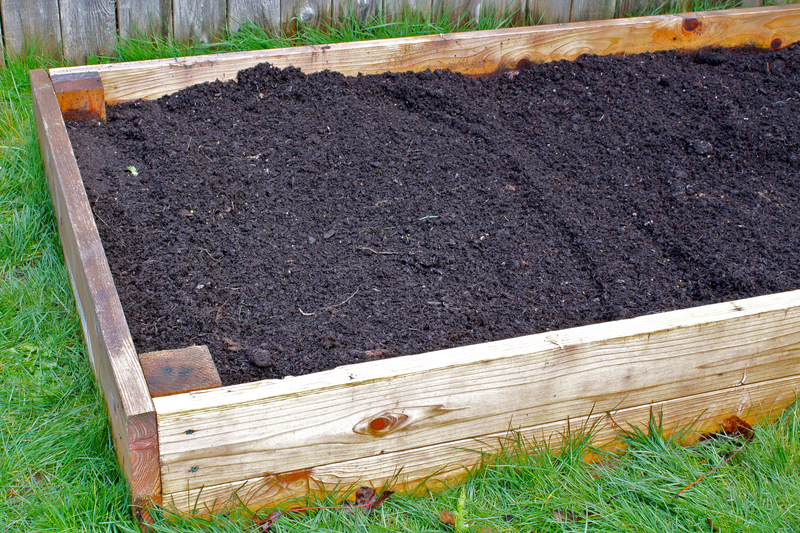Raised bed containers can be used almost anywhere – some people have even used them to grow food on backyard decks!
The key is to plan your containers to be deep enough for root growth and wide enough for the plants to mature fully.
Site Selection
The most important step in building a vegetable garden is to choose the right spot.
Most veggies require 8-12 hours of full sun to produce abundantly so you want to make sure your veggie garden is located in the sunniest part of your yard.
Being close to your outdoor water source is another consideration you will be happy you incorporated come summer when the hot, dry days can mean daily watering is required.
Bed Size
You can build a raised bed on an existing lawn or concrete patch. Just ensure you have at least 12”-18” height on a lawn and 18”-24” height on concrete to allow lots of room for roots, water, and soil organisms to share the space.
Beds can be any width and length that fits your space and growing needs. A good rule of thumb for width is that you should be able to reach to the middle from each side. Any wider and you won’t be able to work on the bed without stepping into it (and you should really stay out of the bed to not compact roots and soil).
Planning the Garden
When planting multiple varieties of veggies in one bed, Place tall vining plants like tomatoes, peas, beans, and cucumbers at the back of the bed, supported by stakes or trellises. Next plant large vegetables like squash and then plant smaller veggies like basil, peppers and eggplant in front. I like to tuck compact bunches of green onions, marigolds, and herbs all around the garden bed to ward off pests and efficiently use the space.
Be sure to space plants for the size they will be full grown so they have lots of room to mature. Spacing information should be available on seed packets or on plant labels.
Seeds vs. Starts
Depending on the time of year and type of plant you may choose to start seeds or buy vegetable starts. Planning your garden in the winter or spring means many plants will most likely be started from seed. Also many unique heirloom varieties can only be found in seed catalogues. Have a look through the many articles in the
Seed Starting Series for the basis on how to do it yourself. In late spring and summer, starts are widely available and an easy way to get an instant vegetable garden. Varieties are limited but generally what’s available is tried and true, good for a first year veggie gardener.
Maintaining the Garden
Once the bed is built and planted, maintenance is the name of the game. Make an effort to check on the garden every few days. Inspect the plants and pull weeds when you see them. Check if the garden needs watering by sticking your finger all the way into the soil to check if it’s cool and wet (has enough water) or warm and dry (needs water). Putter. Munch. Enjoy. The garden is there to feed you, body and soul. Have fun with it.
Remember if you live in a planned community that you have to check with the rules first as it pertains to building raised beds or gardening (I know, it is not fair, but no one is forcing you to live in such a place.)
You also should keep in mind that while direct sunlight is good, raised bed containers ventilated for water drainage dry out a lot quicker than regular soil.
Finally, remember that critters (and house pets) do not care if a garden is raised or not, so you may want to consider some natural ways to ward them off.
To learn more about gardening raised bed or no, check out Garden Therapy.

Or a triple tiered one.
what’s “unused lawn”? is that what them rare rich “property owners” have? 😛